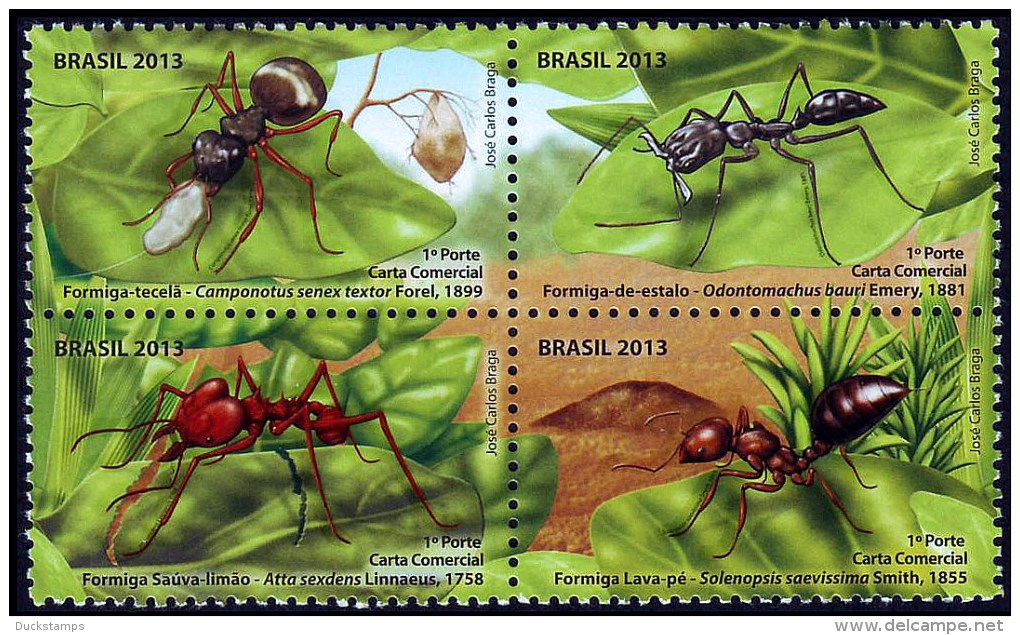Neonicotinoid pesticides, such as the widely used compound imidacloprid, are suspected to impair cognitive capacity, behaviour, and fitness of a number of non-target species. We tested whether sublethal imidacloprid concentrations alter the foraging and aggression behaviour of two European ant species. Even though the nestmate-recruitment of Lasius niger was not affected by pesticide exposure, these ants required more time to become active and the number of foraging workers was lower than in sub-colonies not exposed to imidacloprid. In interspecific confrontations, imidacloprid increased the aggressiveness of a usually subordinate species (Lasius flavus) enormously (3.7-fold increase in average number of aggressive encounters), whereas they did not affect a subdominant species (L. niger) that severely (1.2-fold increase in average number of aggressive encounters). The high frequency of aggressive encounters of L. flavus vs. non-exposed L. niger workers, reduced their survival probability significantly down to 60 %. The observed behavioural alterations of the two ant species have the potential to impair their viability and co-occurrence with behaviourally dominate species due to a decreased exploitative competition and a reduced chance to locate and use resources before competitors. As competition is considered key in structuring ant communities, changes in aggressiveness are likely to alter established dominance hierarchies and thereby the dynamic and structure of ant communities.
Source:
Sarina Thiel, Heinz-R. Köhler. Ecotoxicology May 2016, Volume 25, Issue 4, pp 814-823
First online: 27 February 2016
http://link.springer.com/article/10.1007/s10646-016-1638-6

- Login om te reageren
